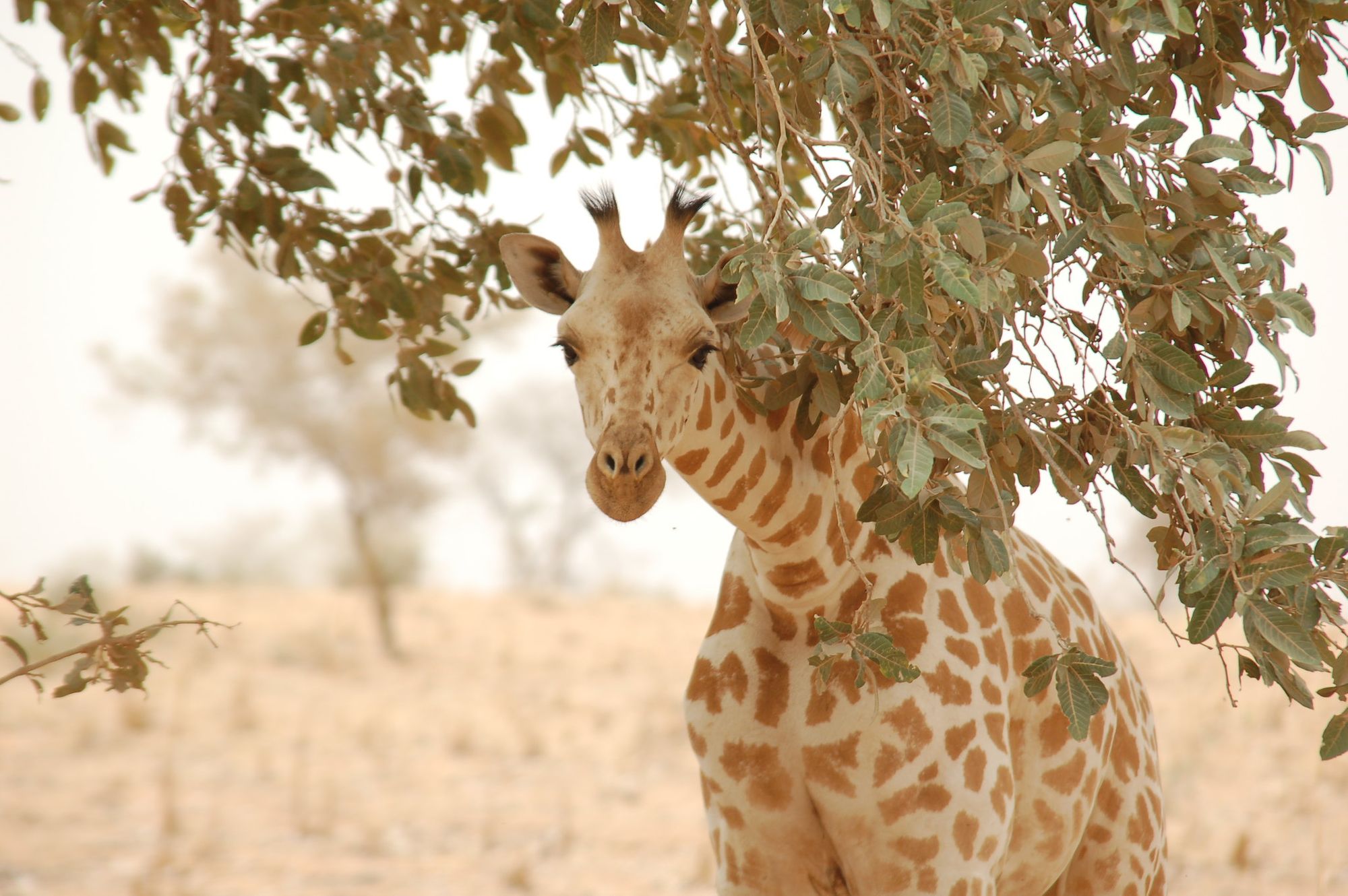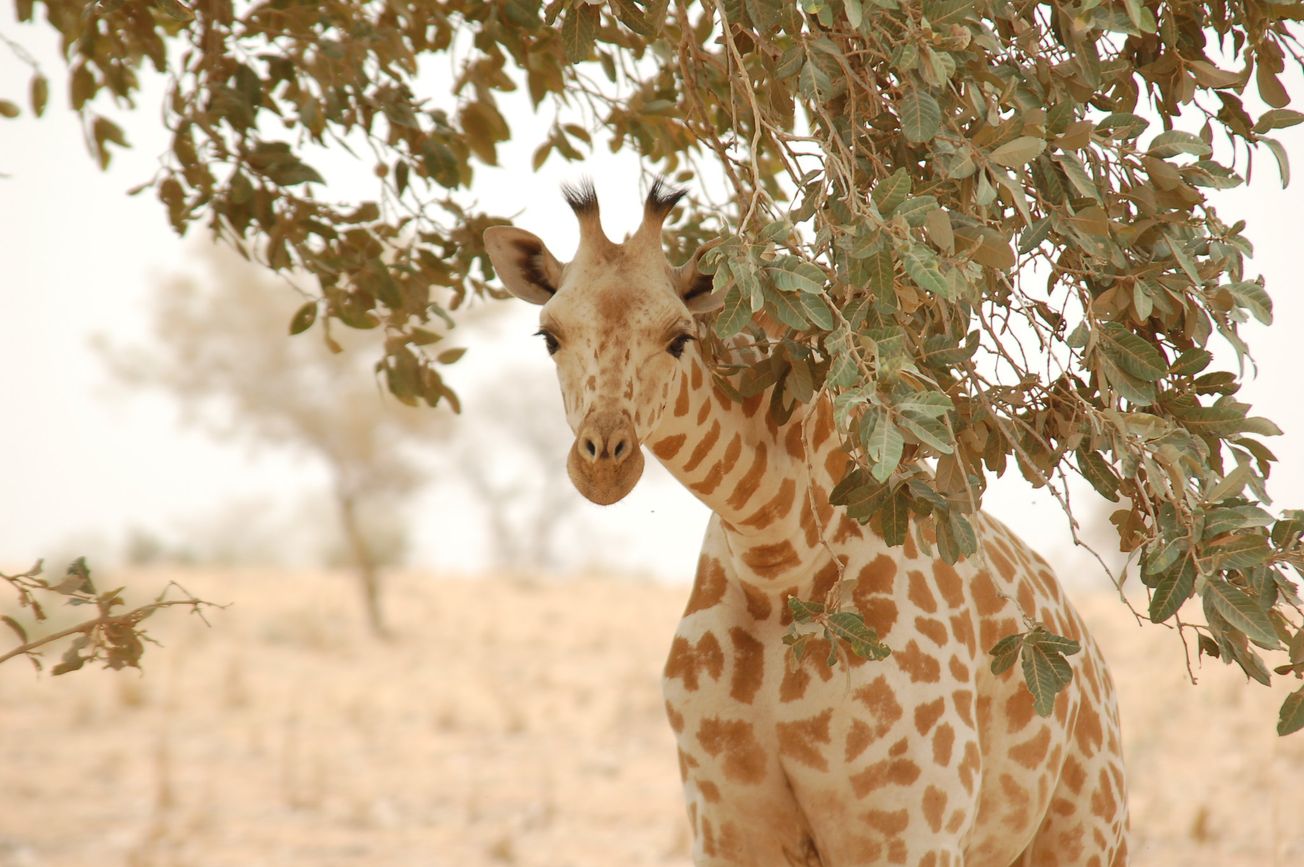By Julia Riopelle, Second Year, Zoology
Bristol scientists and Bristol Zoo are collaborating to use drones and machine learning to save an endangered subspecies of giraffe in Cameroon.
Kordofan giraffe population numbers are dwindling drastically, with less than 2000 individuals thought to be distributed across West Central Africa. The International Union for the Conservation of Nature (IUCN) has listed the Kordofan giraffe as ‘critically endangered’ on its Red List. If no conservation efforts are taken, this subspecies of giraffe will likely go extinct.
Cameroon has classified the Kordofan giraffe as a Class A species protected under wildlife law. However, they are still threatened by agricultural habitat loss, illegal wildlife poaching, and the politically unstable areas they inhabit. One population of interest constitutes an estimated 20-30 individuals in Benoué National Park in Cameroon.
However, unstable conditions make Benoué National Park unsafe for conservation scientists to access; therefore we lack knowledge on the current population size and distribution of the Kordofan giraffe. Aside from the anthropogenic threats, the giraffes are well camouflaged in the dense vegetation, making ground surveys very difficult. Accurate population counts are vital in order to measure the success of conservation efforts. Previously, camera traps were employed, however these were either stolen or destroyed through illegal activity.
| National Trust release pair of beavers on Exmoor to help with flood management
Now, a collaboration between Bristol Zoological Society and The University of Bristol is working to improve deployment techniques, sensor technology and thermal imaging drones. Dr Matt Watson from the University of Bristol’s Earth Sciences Department, and Dr Tom Richardson from the Aerospace Department, are designing fully-automated drones with ‘multispectral cameras, combined with machine learning and high-performance vehicles.’
The new venture was inspired by Dr. Richardson’s team’s previous use of unmanned aerial vehicles (UAVs) for the measurement of volcanic emission levels in Chile. These were drones designed based on the robust Vulcan ‘Black Widow’ frame, possessing ample propulsion and able to remain stable in strong winds.

The drones are built on a multi-rotor platform, allowing for static hovering in order to collect accurate measurements. The drones which hovered over volcanoes were equipped with an autopilot, GPS system, sensor packages and barometric altimeters. The team used three separate radio frequencies in order to communicate with the drone and receive live footage and data.
A similar, successful strategy was used to monitor parks in South Korea, where researchers from Kyungpook National University used drones equipped with GPS, cameras, barometric altimeters, 3D motion sensors and thermo-imaging for the purpose of population ecology. If successful, automated aerial monitoring of critically endangered species may be the key to designing prosperous conservation strategies worldwide.

Benoué National Park is one of the few protected areas in Cameroon, however it is surrounded by densely populated villages - approximately 60,000 people - and 11 hunting concessions. The park is threatened by illegal agricultural practices, poaching and unregulated inhabitation. Though most agriculturalists stick to their permitted regions, many non-local nomadic tribes trespass into reserves in order to allow their cattle to graze.
| The jury is still out on celebrity environmentalists
The demanding political tensions in Cameroon have pushed back the priority the government has for protecting wildlife. Bénoué National Park is located in a region deemed unsafe by foreign tourism ministries, resulting in a substantial decrease in visitors. The loss of tourism has rendered paid ranger jobs practically non-existent and now less than 10 percent of the park is properly monitored. According to the Human Rights Watch, these concerns come from long-term tensions, such as the Anglophone crisis and Boko Haram, who have strongholds in northern Cameroon.
The Anglophone crisis on the western border of Cameroon has forced thousands of people to resettle around wildlife reserves such as Benoué National Park. Their refugee status leads them to resort to hunting bushmeat in order to survive, which further fragments the habitat and safe migration routes of the Kordofan giraffe.
Featured image: Flickr / Roland
Do you think tech will be able to save this giraffe from extinction?









